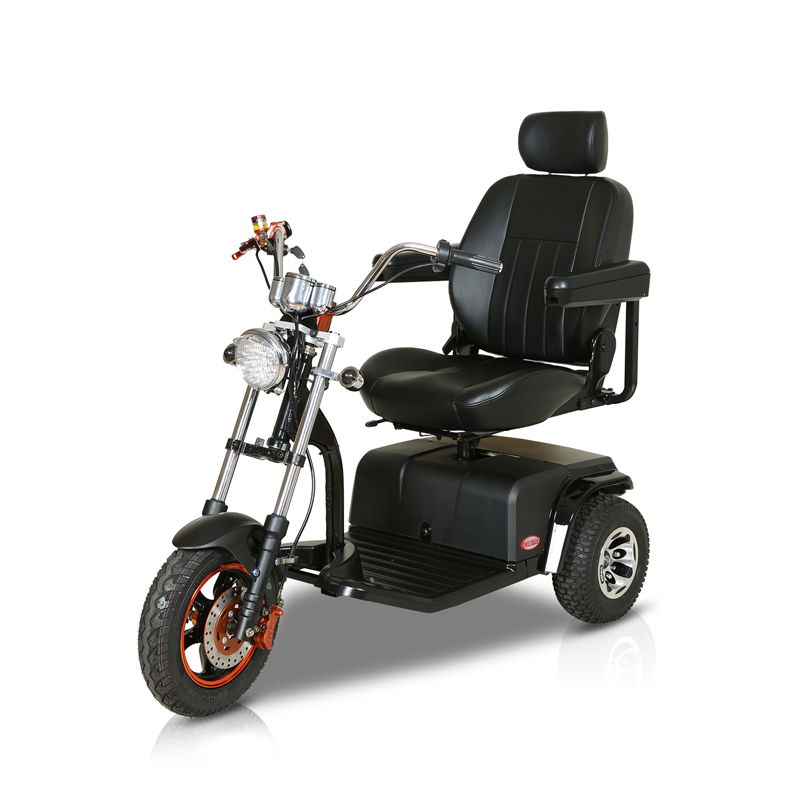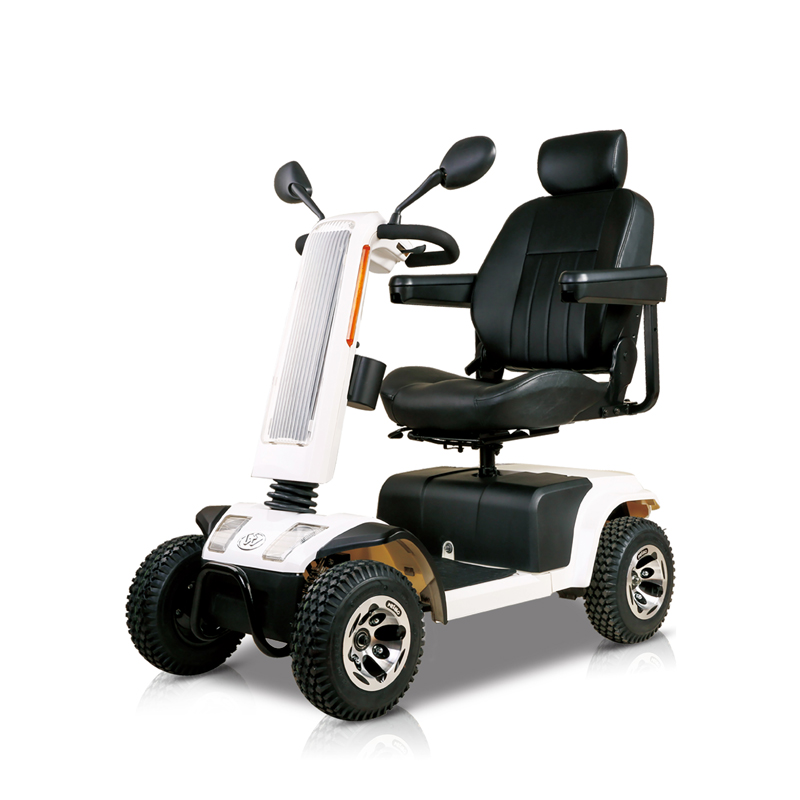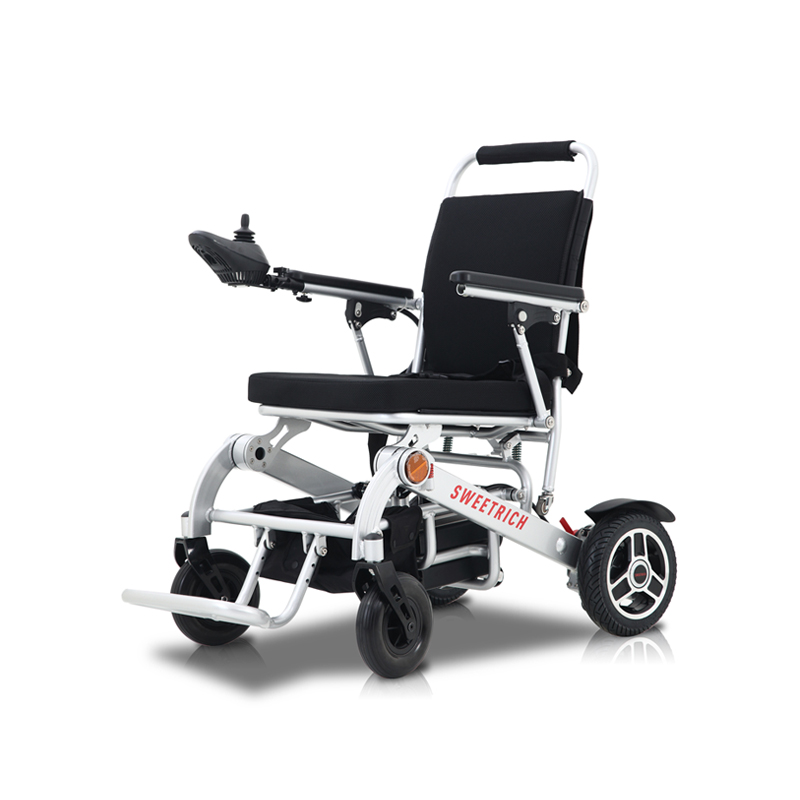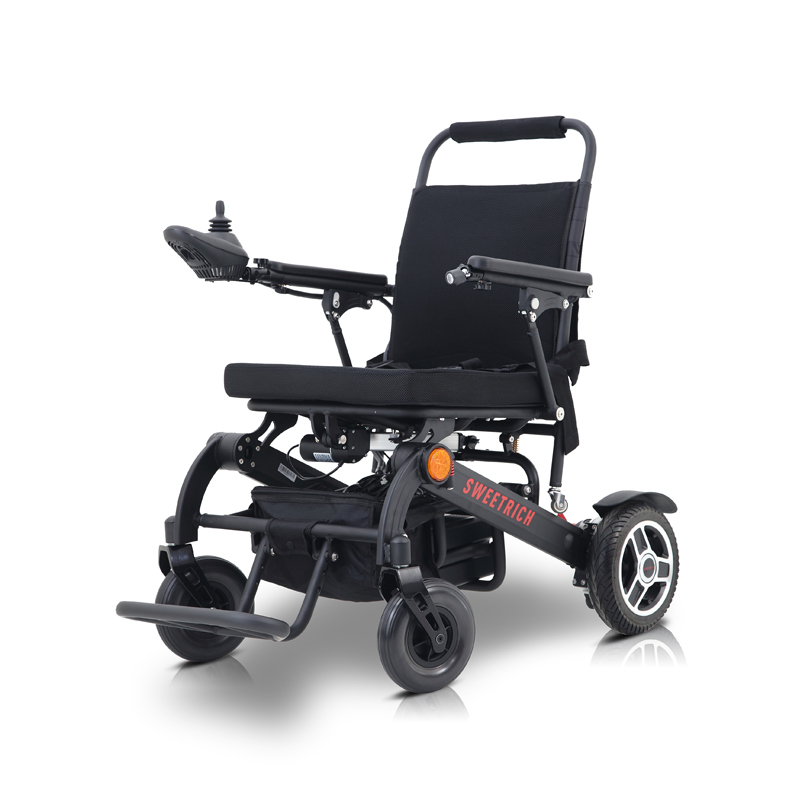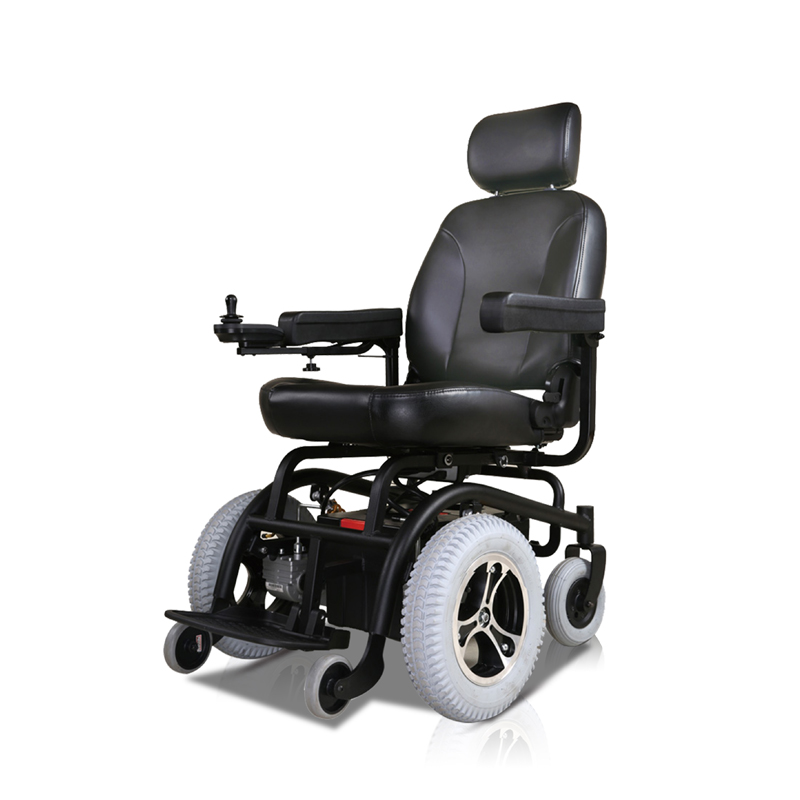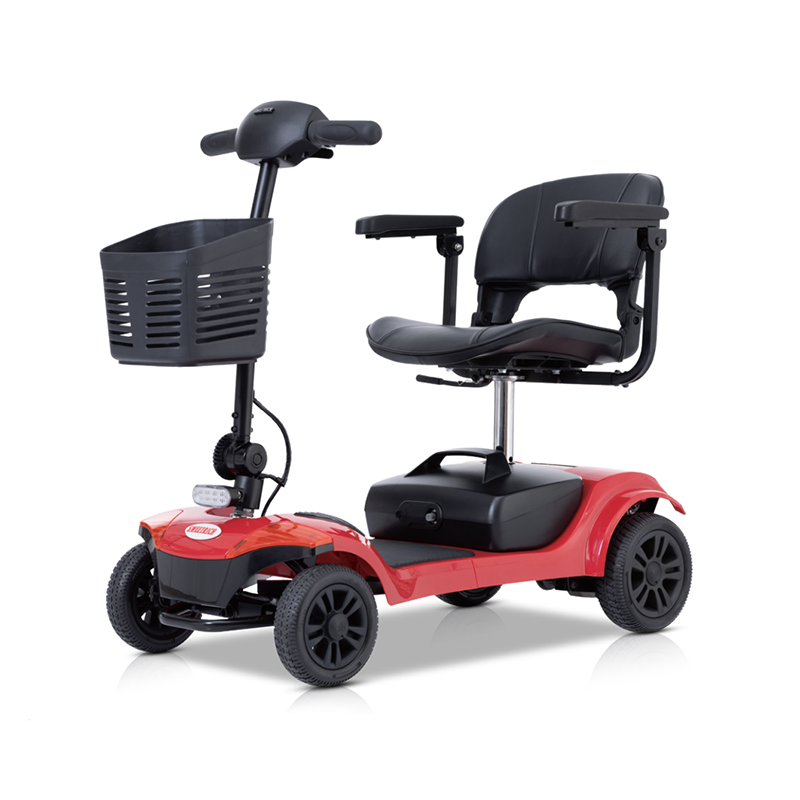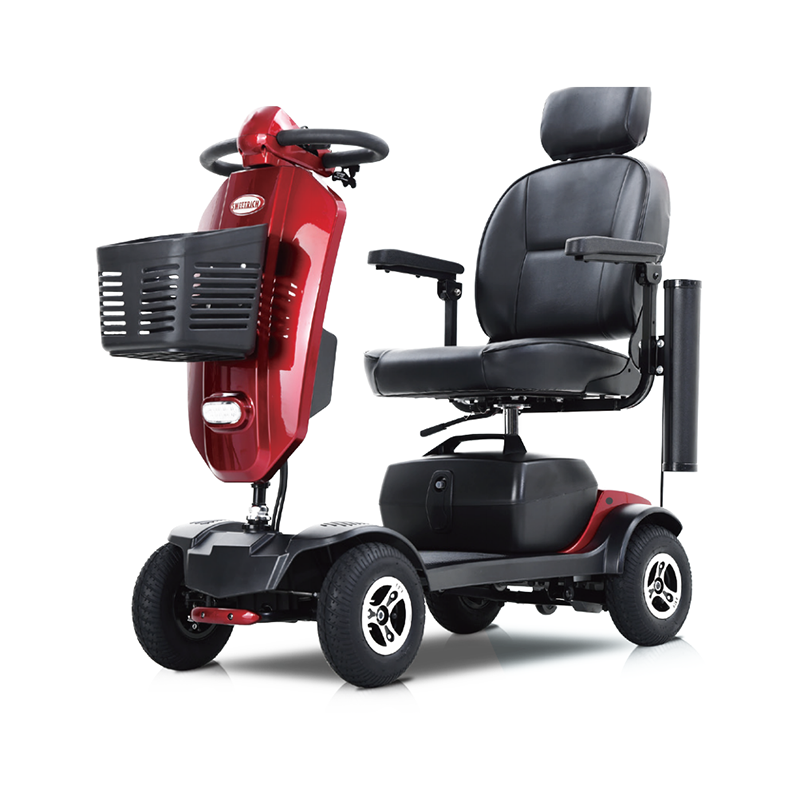Whether the body material of a lightweight scooter is strong enough to cope with daily collisions depends on the specific materials and design used for the scooter. Generally speaking, modern lightweight scooters will fully consider the sturdiness and durability of the body during the design and manufacturing process to ensure that it can withstand certain collisions and impacts in daily use.
At present, the main materials used for scooter bodies on the market include aluminum alloy, carbon fiber and high carbon steel. These materials have their own characteristics, but they all have certain sturdiness and durability.
Aluminum alloy material: Aluminum alloy has the advantages of resistance to air oxidation, high cost performance and easy manufacturing. At the same time, the strength and rigidity of aluminum alloy are relatively high, which can meet the needs of daily use. Therefore, aluminum alloy is one of the commonly used materials for scooter bodies.
Carbon fiber material: Carbon fiber is a lightweight and high-strength material with corrosion resistance, fatigue resistance, lightweight and high-strength characteristics. Although the price of carbon fiber is relatively high, its advantages are very obvious in special fields and high-demand and high-strength work situations. However, for general scooters, carbon fiber may not be the preferred material because its impact resistance is relatively poor.
High carbon steel material: High carbon steel has high strength and hardness, and also has a certain toughness. This material is also widely used in scooter bodies and can meet the needs of daily use.
During the design and manufacturing process, scooter manufacturers will consider the sturdiness and durability of the body. They usually adopt methods such as strengthening structural design, increasing material thickness or using higher strength materials to improve the sturdiness of the body. In addition, some high-end scooters also use special coatings or surface treatment processes to improve the wear resistance and corrosion resistance of the body.
No matter what material the scooter body is made of, it is impossible to completely avoid collisions and impacts in daily use. Therefore, users should pay attention to safety when using scooters, abide by traffic rules, and avoid collisions with other vehicles or obstacles. At the same time, after a collision, users should promptly check whether the body and parts of the scooter are damaged, and make necessary repairs and replacements.
The body material of lightweight scooters is usually strong enough to cope with daily collisions. However, users still need to pay attention to safety when using them to avoid collisions and impacts. At the same time, after a collision, users should promptly check and repair the scooter to ensure its normal use and safety performance.

